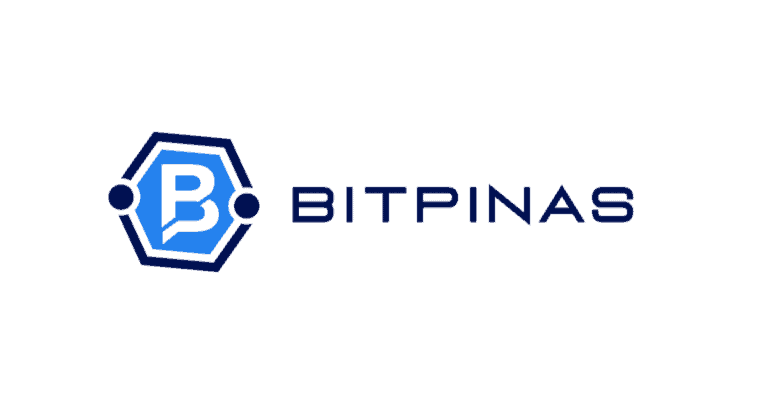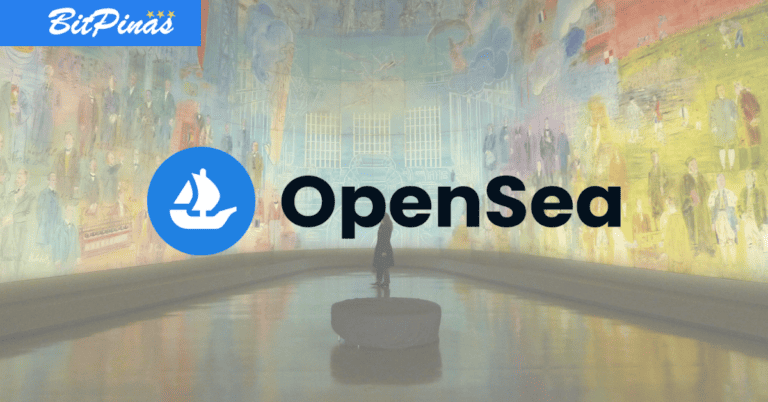Fintech in the Philippines: A Bloom in the Middle of Gloom (2020 Year in Review)
When we look at the bigger picture and what are the opportunities amid the disruption, we can see a whole new picture that will launch forth our efforts not on survival instincts, but on the thriving, living side of innovation.

With 2020 to be a closed chapter in a matter of days, it feels surreal to know that a lot has happened this year and nothing could have prepared us for life in the pandemic as the days or months seemed longer than what we’re used to. But look where we are now, we are at the year’s end and there is definitely more optimism and enthusiasm for 2021. We’re hoping that life gets back to normal and the world will be a safer place for all by then.
During the long months of the pandemic, we have experienced lockdowns and quarantine restrictions on establishments; particularly on commercial areas and spaces such as malls, restaurants and other public places. Many transactions were shifted to online or digital and cash, being the traditional form of payment to transactions, have started to give way to cashless transactions as Filipinos flocked to online marketplaces to resupply, shop and purchase digital media.
Safe to say, transactions and commerce will never be the same again in the Philippines – given what the pandemic has disrupted and it bred a hybrid economy that is surely to become bigger in the years to come as Filipinos were either forced to go cashless, pay for media such as gaming and streaming with digital credits instead of fiat and with most banks being closed under restrictions, many took up digital or online banking. This is the FinTech boom that happened in the gloom. It is a silent revolution that was happening; it was seamless and almost instant where traditional commerce weakened and digital commerce strengthened. It happened during the pandemic and its transformative effect will stay and be stronger in the years to come.
FinTech and the Philippine Hybrid Commerce
Despite the pandemic, Filipinos have adapted quickly to the digital commerce space and it was among the strong indicators of economics that was resilient despite the economic lockdown:
- Globe Telecom’s G-Cash mobile and digital wallet, saw a 700% increase on uptake and spending.
- Digital banking adoption and usage accelerated during the lockdown and quarantine periods as Filipinos were using banking apps and online banking
- Cross-platform payments posted impressive growth: InstaPay registered a growth rate of 820 percent in volume from 3.2 million to 29.0 million transactions while PESONet transactions more than doubled, with the volume surging from 1.1 million to about 2.7 million, i.e., by 143 percent year-on-year.
- Filipino online gaming and spending hits record-high during the pandemic months
- According to a publication by KPMG, 64% of Filipino internet users are spending more time on social media, with 23% indicating an increased activity in their online shopping activity.
- The iPrice Group revealed that Filipinos the total sessions or visits to shopping applications in the country climbed to approximately 4.9 billion during the lockdown period.
- According to Inquirer that cited Trade Secretary Ramon Lopez: Mr Lopez reported that 73,276 new online businesses had been registered since the pandemic began, a staggering 4180-percent increase from the 1,753 existing online businesses prior to March.
With the increased spending of time and money online, it was debated by Philippine lawmakers to generate taxation by taxing Over-The-Top media providers such as streaming sites and social media as a way to boost the country’s fiscal collection from the taxes generated. However, it proved unpopular and further debates will continue whether online & digital taxes could hamper the digital growth of the Philippines.
Digital Banking
A strong proponent of FinTech’s inclusion on economic participation, the Philippine National ID System aka PHILSYS aims to enrol all natural-born and naturalized Filipinos to the national ID. With PHILSYS, the Bangko Sentral ng Pilipinas (BSP) stated that the organization hopes to bring financial and economic participation as empowerment to the previously unbanked Filipinos. The goal is to provide bank accounts to the previously unbanked by 2023.
With banks such as Union Bank and RCBC being strong proponents for fintech to financial inclusion with digital and mobile banking, economic participation becomes possible through smart phones and their association with digital wallets. With PHILSYS in tow and simplifying the Know-Your-Customers (KYC) process without compromising integrity of first-hand data, enabling participation to banking becomes easier as the unbanked will only need a single ID in order to open a bank account with a minimum account.
Previously, the BSP approved of the Digital Bank License to prospective digital banks to operate in the Philippines. As of this month, it is reported that there are at least five banks who are expected to apply for digital banking licenses this month. Digital banks are banks who are digital-first and foremost; bypassing location branches in favour of a digital architecture where clients can signup online or through their mobile app offering. Once signed up, you can transfer digital money or convert money across their partner payment processors.
The entry of Digital Banks in the Philippines isn’t something new as there are entities such as ING Bank Philippines that have been operating for years prior to the pandemic. However, with the ongoing caution with the pandemic, the infusion of new players to the local banking scene will have a wide ripple effect as traditional players – like the Philippine’s leading banks will upscale their digital infrastructure. This creates new types of workforce dedicated to soft and technical support as the opening of new banking branches will slow down and instead, the cost-effective deployment of apps carries its own merit based on efficiency and less physical maintainance. With increased competition from digital and local banks, we will see an infusion of new low-cost of entrée into being banked from the unbanked.
As people are being banked, economic participation starts as banks pull in record revenue which improves the commercial and corporate banking side, making the nation an attractive market for big bank investments from foreign trusts.
So as we look at the digital progress that were made during the pandemic year of 2020, we can see that the disruptive nature of this pandemic was an accelerator for tech adoption. We can also look forward to in 2021. When we look at the bigger picture and what are the opportunities amid the disruption, we can see a whole new picture that will launch forth our efforts not on survival instincts, but on the thriving, living side of innovation.
This article is contributed by Randy Knutson, CEO of DynaQuest to BitPinas: Fintech in the Philippines: A Bloom in the Middle of Gloom (2020 Year in Review)





